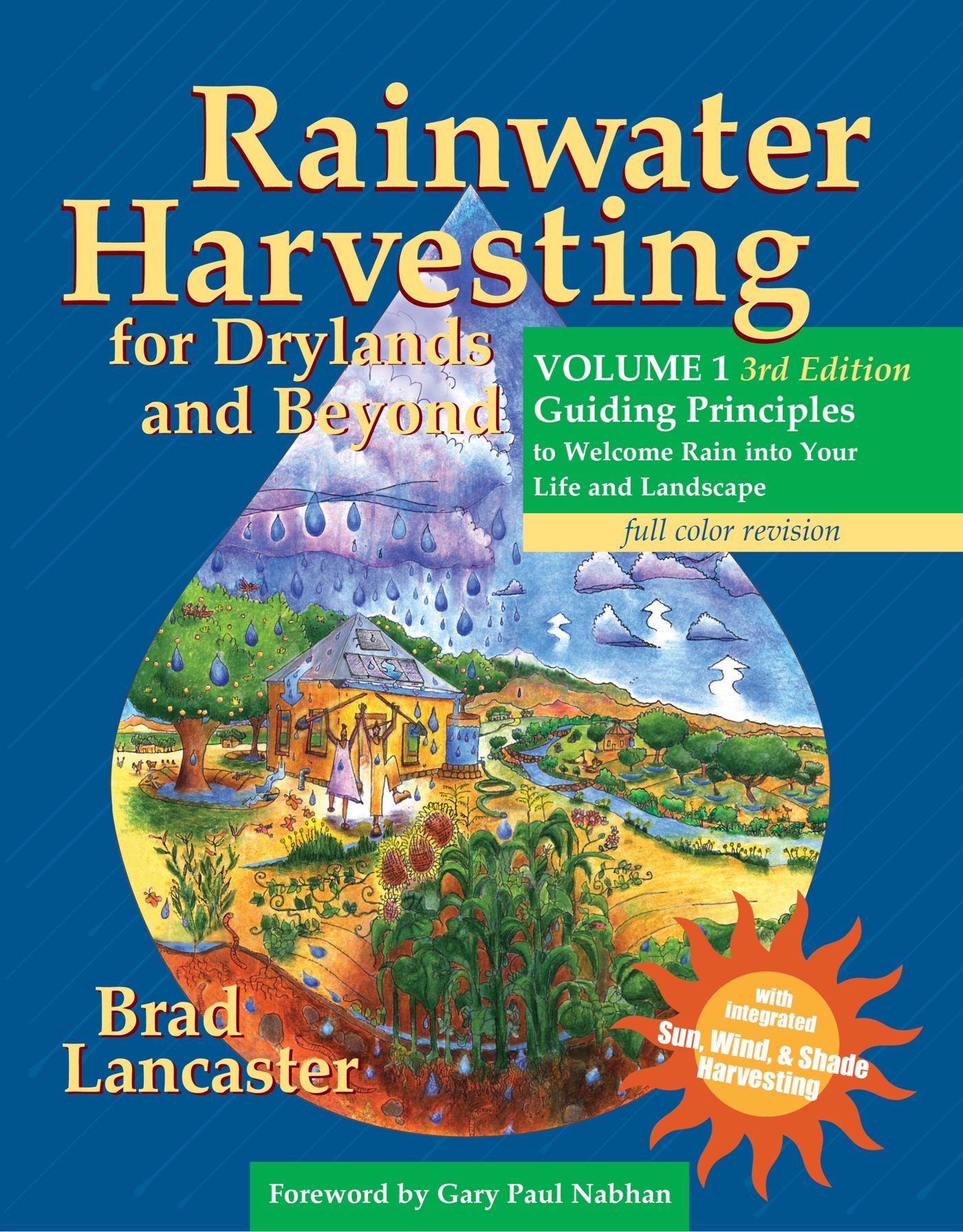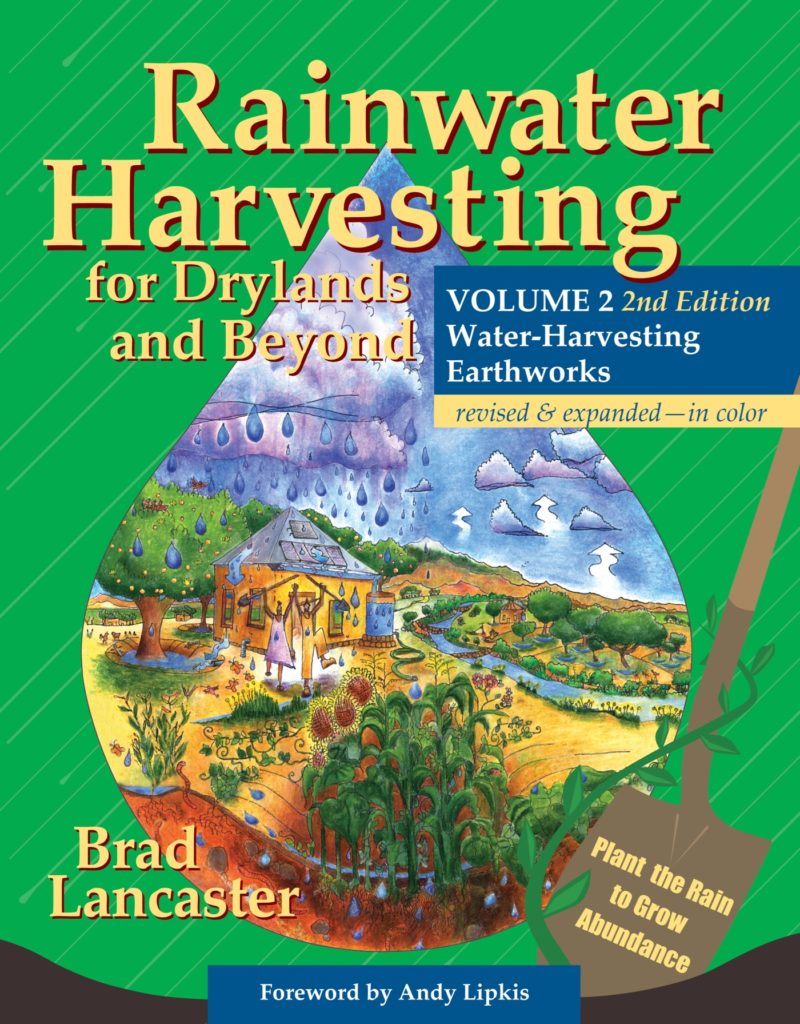Superfund Sites
Tucson is home to many superfund sites where pollutants from local landfills, businesses, and industry have migrated down (or even been injected directly into) to our aquifer and contaminated our groundwater.

Image from Tucson Water
A superfund site is one that is contaminated with hazardous substances, and approved for use of superfund trust money from the Environmental Protection Agency (EPA) to fund efforts trying to clean up, or at least stop the spread of, the contamination.
The tragedy of such contamination is that it makes our scarce water resources even more scarce, while sickening and killing many lives and futures. The best approach is to not contaminate our environment in the first place.
For superfund sites in Tucson and elsewhere in Arizona see here.
There is a plan to treat and discharge some of the contaminated groundwater from the Tucson Airport Remediation Project area (TARP) superfund site into the Santa Cruz River. See here for more info.
There are more contamination zones of serious concern than those listed in the superfund site link above.
My neighborhood (Dunbar/Spring on the north side of downtown) sits atop a growing plume of groundwater contamination from dry cleaning establishments (this is one reason why I don’t buy or use clothes needing dry cleaning).
PFAS chemical contaminants from foam fire retardants used at the airport and the Air National Guard are another big problem.
Tucson officials hope new EPA guidelines help speed groundwater clean up
Some efforts you, your businesses, and government can collaborate with to help to maintain and enhance health include:
• The International Living Future Institute’s Red List, which lists and regularly updates the “worst in class” materials, chemicals, and elements known to pose serious risks to human health and the greater ecosystem that are prevalent in the building products industry.
Use the list to ensure you are not buying products with materials on the Red List.
• Cradle to cradle certified products
Cradle to Cradle certification provides a framework for product optimization based on the principles of designing with safe and healthy materials (not toxic ones), using clean renewable energy and water, celebrating diversity, and eliminating the concept of waste.
• Do No Significant Harm
A principle adopted by the European Union whereby provides that no measure (i.e., no reform and no investment) included in a Member State’s Recovery and Resilience Plan (RRP) should lead to significant harm to any of the six environmental objectives.
This location is included in the following tours:
See the new, full-color, revised editions of Brad’s award-winning books
– available a deep discount, direct from Brad:

Volume 1

